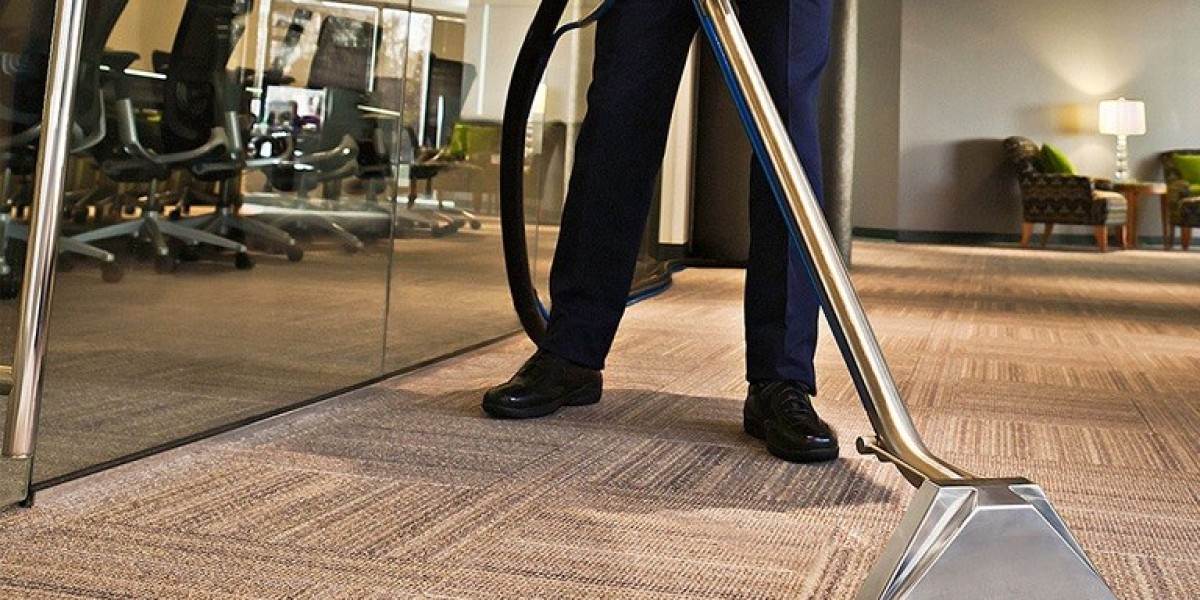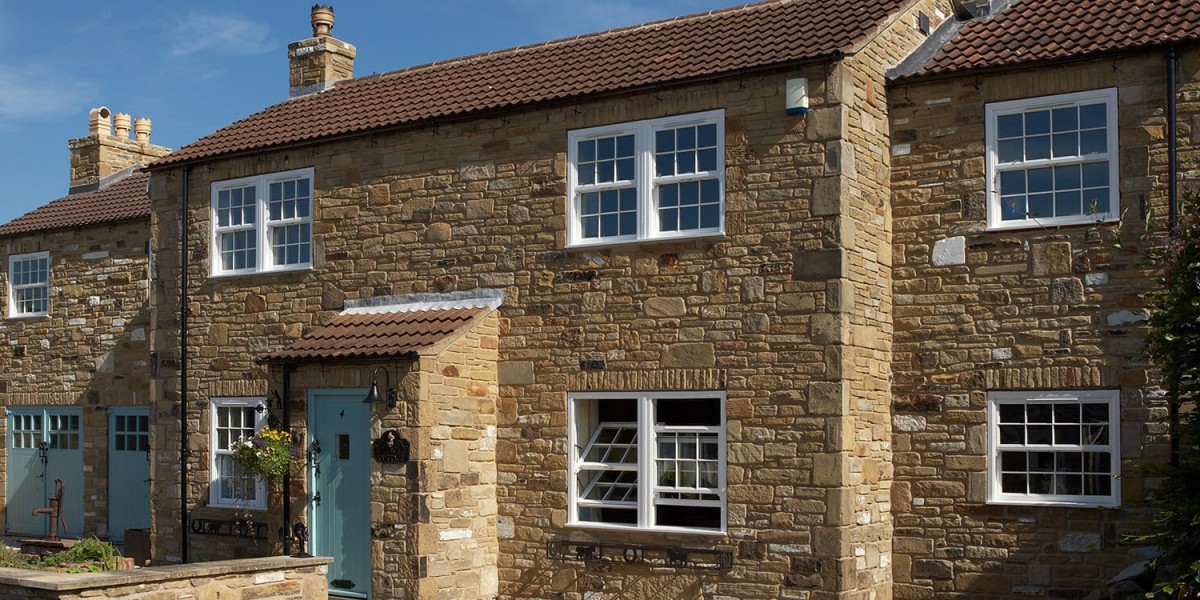Bi-folding Door Repair: A Comprehensive Guide to Troubleshooting and Maintenance
Bi-folding doors, also called folding sliding doors or concertina doors, have risen in appeal in modern homes for their capability to flawlessly combine indoor and outdoor spaces. Their extensive glass panels flood spaces with natural light and produce an open, airy feel, making them a preferable feature for outdoor patios, conservatories, and room dividers. Nevertheless, like any mechanical system, bi-folding doors can come across issues over time, needing repair and maintenance to ensure they continue to work smoothly and visually.
This short article works as a helpful guide to comprehending typical problems with bi-folding doors, supplying insights into DIY repair options and when it's best to hire a professional. We will likewise look into preventative maintenance tips to extend the life-span and ideal performance of these excellent door systems.

Understanding Common Bi-folding Door Problems
Before attempting any repairs, it's essential to determine the specific issue affecting your bi-folding doors. Numerous issues can arise, typically originating from wear and tear, misalignment, or inappropriate upkeep. Here are a few of the most regularly encountered issues:
- Difficult Operation: Doors end up being stiff, difficult to open or close, or need excessive force. This can be due to friction in the tracks, hinges, or rollers.
- Squeaking or Grinding Noises: Annoying sounds during operation often show a lack of lubrication, used rollers, or particles in the tracks.
- Doors Dragging or Catching: Doors might scrape against the frame, flooring, or each other. This might symbolize misalignment, warping, or damaged rollers.
- Gaps or Draughts: Visible gaps in between door panels or the frame can cause drafts, heat loss, and security concerns. This might point to problems with seals, hinges, or the locking mechanism.
- Water Leaks: Water ingress, specifically around the bottom of the doors, might indicate damaged weather seals or drainage obstructions.
- Locking Problems: Difficulties locking or opening the doors can be due to misalignment, a malfunctioning lock mechanism, or issues with the handle.
- Harmed Rollers or Tracks: Worn, broken, or broken rollers and damaged tracks can seriously hamper smooth operation and result in other issues.
- Loose or Damaged Hinges: Hinges are vital for the folding action. Loose or damaged hinges can trigger doors to droop, bind, and run poorly.
Do It Yourself Bi-folding Door Repairs: Tackling Common Issues
Lots of minor bi-folding door problems can be attended to with basic DIY abilities and tools. Before beginning any repair, guarantee you have the necessary security equipment, such as gloves and eye protection. Always describe the producer's instructions if offered and proceed with care.
Here's a breakdown of typical DIY repair tasks:
1. Lubrication and Cleaning:
- Identify Points of Friction: Locate hinges, rollers, tracks, and locking mechanisms where friction seems obvious.
- Tidy Tracks and Rollers: Use a stiff brush or vacuum to remove debris, dust, and dirt from the tracks. For rollers, carefully tidy around each wheel.
- Apply Lubricant: Use a silicone-based lube particularly developed for doors and windows on all moving parts. Avoid oil-based lubes as they can draw in dust and gunk. Spray lubricant moderately and rub out any excess.
- Test Operation: Open and close the doors several times to distribute the lube and assess if the operation has improved.
2. Changing Rollers:
- Locate Roller Adjustment Screws: Most bi-folding door roller systems have modification screws, typically accessible from the side or top of the door panels. Consult your bifold door bottom pivot repair's handbook if you are not sure of their location.
- Loosen Adjustment Screws: Use a screwdriver or Allen key to somewhat loosen the change screws.
- Adjust Roller Height: Gently adjust the roller height to raise or lower the door panel. This might require minor experimentation. Adjust in little increments and evaluate the door operation after each change.
- Tighten Up Adjustment Screws: Once smooth operation is attained, firmly tighten up the adjustment screws to lock the rollers in location. Ensure you adjust all rollers similarly to maintain even weight circulation and alignment.
3. Tightening Up Hinges and Hardware:
- Inspect Hinges: Check all hinges for looseness or damage.
- Tighten Loose Screws: Use a screwdriver to tighten any loose screws on hinges, handles, and locking systems. Beware not to overtighten and strip the screw heads.
- Replace Damaged Screws: If screws are stripped or harmed, replace them with properly sized replacements.
- Inspect Handle and Lock Fixings: Ensure manages and locking mechanisms are firmly fastened and operating correctly.
4. Weather Seal Replacement:
- Identify Damaged Seals: Inspect weather seals around the door border for cracks, tears, or wear and tear.
- Remove Old Seals: Carefully eliminate the old weather condition seals, frequently they are push-fit or glued in location.
- Tidy Seal Channel: Clean the channel where the weather seal sits to remove any debris or adhesive residue.
- Install New Seals: Cut the brand-new weather seal to the proper length and carefully push or glue it into the channel, making sure a tight and continuous seal.
When to Call a Professional Bi-folding Door Specialist
While DIY repairs can handle small issues, particular issues require the expertise of a qualified bi-folding door repair specialist. Trying complex repairs without the right knowledge and tools can worsen the issue and potentially jeopardize the door's stability and safety.
Here are circumstances when professional support is strongly recommended:
- Significant Misalignment: If you can not deal with dragging, catching, or spaces with easy roller changes, it might show a more serious structural concern within the door frame or opening.
- Damaged Tracks or Rollers: Replacing tracks or rollers typically needs customized tools and understanding of the bifold door upgrade system. Attempting this yourself can be challenging and might cause more damage.
- Complex Locking Mechanism Faults: If you presume an issue within the internal locking system or if the locking system is complex, professional medical diagnosis and repair are essential to maintain security.
- Glass Panel Issues: Never attempt to repair or replace glass panels yourself. Broken or damaged glass panels require specialist handling and replacement to guarantee security and correct sealing.
- Deformed or Damaged Door Panels: Warped or substantially harmed door panels typically need expert evaluation to determine the cause and suitable repair or replacement.
- Repeating Problems: If you discover yourself often performing the very same DIY repairs, it might show an underlying issue that requires expert attention to prevent future issues.
- Doors Under Warranty: Performing DIY repairs on doors still under guarantee might void the warranty. Constantly seek advice from the service warranty terms before trying any repairs yourself.
Preventative Maintenance: Ensuring Longevity
Proactive maintenance is essential to avoiding many bi-folding bifold door restoration problems and extending their life expectancy. Routine care can conserve you time, cash, and disappointment in the long run.
Here are necessary preventative upkeep ideas:
- Regular Cleaning: Clean tracks and rollers routinely (a minimum of every few months, or more frequently in dirty environments) to avoid particles build-up.
- Lubrication: Lubricate moving parts (hinges, rollers, locks) at least two times a year, or as needed, utilizing a silicone-based lubricant.
- Evaluation of Weather Seals: Inspect weather seals each year for damage and replace them quickly to prevent drafts and water leakages.
- Examine Fixings: Periodically examine and tighten up screws on hinges, manages, and locking systems.
- Gentle Operation: Avoid forcing the doors open or closed. If they are stiff, investigate the cause instead of applying excessive force.
- Expert Servicing: Consider annual or bi-annual professional servicing and evaluation, particularly for complex systems, to capture potential problems early and make sure ideal performance.
Conclusion
Bi-folding doors are a stunning addition to any home, improving both aesthetics and functionality. Comprehending typical repair needs and practicing preventative maintenance will make sure these doors continue to run efficiently and reliably for many years to come. While DIY repairs are ideal for minor concerns, acknowledging when to look for expert help is important for intricate issues and preserving the stability and security of your bi-folding door system. By integrating proactive upkeep with notified repair decisions, you can delight in the benefits of your bi-folding doors without unnecessary inconvenience and expenditure.
Regularly Asked Questions (FAQs)
Q: How often should I lube my bi-folding door hinges and rollers?
A: It is recommended to lube bi-folding door hinges and rollers at least two times a year. Nevertheless, in dusty or seaside environments, you may require to lubricate them more frequently, possibly every 3-4 months. Listen for squeaking or stiffness-- these are good signs that lubrication is required.
Q: What kind of lubricant should I utilize for my bi-folding doors?
A: Use a silicone-based lube specifically developed for doors and windows. Silicone lubes work at decreasing friction and are less likely to attract dust and grime compared to oil-based lubes. Avoid using WD-40 as a long-term lubricant as it can dry out and attract dust.
Q: Can I change bi-folding door rollers myself?
A: Yes, fundamental roller modifications are frequently DIY-friendly. Find the change screws (refer to your Bifold door Maintaining tips manual if required), and utilize a screwdriver or Allen key to make little changes. Keep in mind to change all rollers evenly and test operation after each change. If you're not sure or the modifications don't solve the issue, seek advice from an expert.
Q: How do I tidy bi-folding bifold door won't stay closed tracks?
A: Use a stiff brush or vacuum with a crevice tool to remove dust, dirt, and particles from the tracks. For stubborn gunk, you can utilize a damp cloth or mild soapy water, ensuring you dry the tracks thoroughly later on. Routine cleansing is vital for smooth operation.
Q: My bi-folding doors are dripping water at the bottom. What could be the problem?
A: Water leaks at the bottom of bi-folding doors can be triggered by numerous issues:
- Damaged or Deteriorated Weather Seals: Inspect and replace any broken weather seals along the bottom edge of the doors.
- Blocked Drainage Holes: Check for drain holes at the bottom track and ensure they are not blocked by debris. Clear any clogs to allow water to drain away.
- Incorrect Threshold Installation: If the limit is not effectively set up or sealed, water can penetrate beneath. This might need professional assessment and correction.
Q: How much does it typically cost to repair bi-folding doors expertly?
A: The expense of professional bi-folding bifold door wear and tear repair varies depending upon the intricacy of the problem, the parts required, and the labor rates in your area. Simple repairs like roller modifications or hinge tightening up may cost around ₤ 100-₤ 200. More intricate repairs, such as track or roller replacement, or repairing locking mechanisms, might vary from ₤ 300-₤ 500 or more. Always get quotes from multiple trustworthy experts to compare costs and services.








